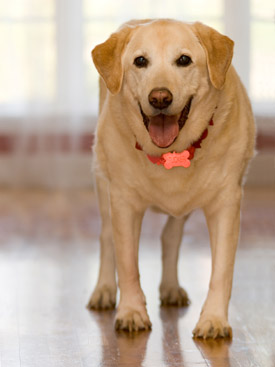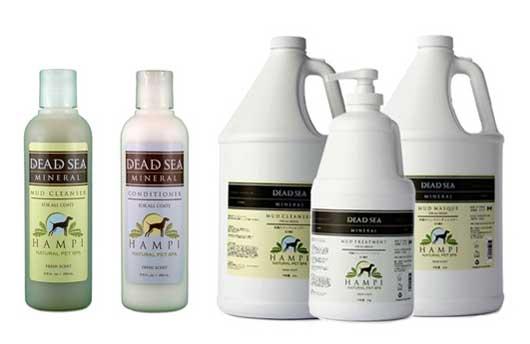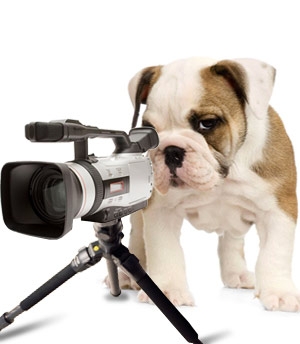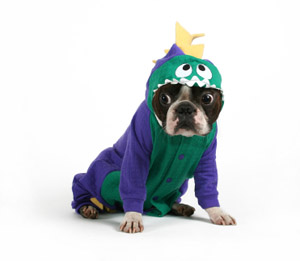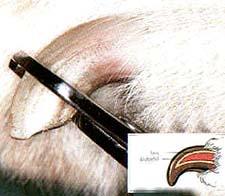Founders
Dr. Roger Kuhn
Dr. Roger C. Kuhn attended the University of Missouri, where he graduated Magna Cum Laude in 1968. He completed an internship at Angell Memorial Animal Hospital 1969. Upon graduation he became an associate doctor at the Marina Pet Hospital in San Francisco in the fall of 1969. In 1970, he purchased the Marina Pet Hospital from Dr. Howard Carroll.Throughout the 1970s, Dr. Kuhn lectured at regional, state and local meetings on the medical diagnostic use of in-hospital laboratory tests and the value of diagnostic testing, as well as surgical techniques such as orthopedic bone plating. He computerized his practice in 1975, and made the practice paperless in 1978. He gave the first veterinary seminar on the use of the computers in private practice at the Central States Veterinary Conference in the late '70s.
During the 1980s, Dr. Kuhn focused on standardizing quality of care through diagnostic algorithms and protocols. He developed a rapid delivery of patient care by computer programming. This programming allowed him to begin to expand the number of hospitals and the distance between the hospitals he owned. In 1980 and 1985, he purchased two more practices in different counties, becoming the first free standing, multi-hospital, regional practice group in the San Francisco Bay area.
During the 1990s, Dr. Kuhn gave many seminars at the regional and national level and published articles on practice management and practice growth though high quality, consistent care. He continued to pursue excellence in his personal career—in 1982, he was certified by the American Board of Veterinary Practitioners in Companion Pets. He was re-certified in 1992.
In 1992, Dr. Kuhn was one of the founders of the Banfield Pet Hospitals, located in Petsmart Superstores, where he served in many positions. This start up national practice has become the largest veterinary practice in the world, with over 880 hospitals in the U.S., along with two in the U.K. and one in Mexico City.
Dr. Kuhn now spends most of his time as a mentor for young professionals in his personal practices and at the Banfield Pet Hospital.
Kurt Kuhn
Kurt Kuhn is the chief financial officer for the Marina Pet Hospital Group. Kurt has been a part of the Marina Pet family since 1972. A native of St. Louis, Mo., Kurt has been in the animal care field for more than three decades.When he's not at the hospital, Kurt can be found on the golf course or spending time with Edie, his shorthair cat.
